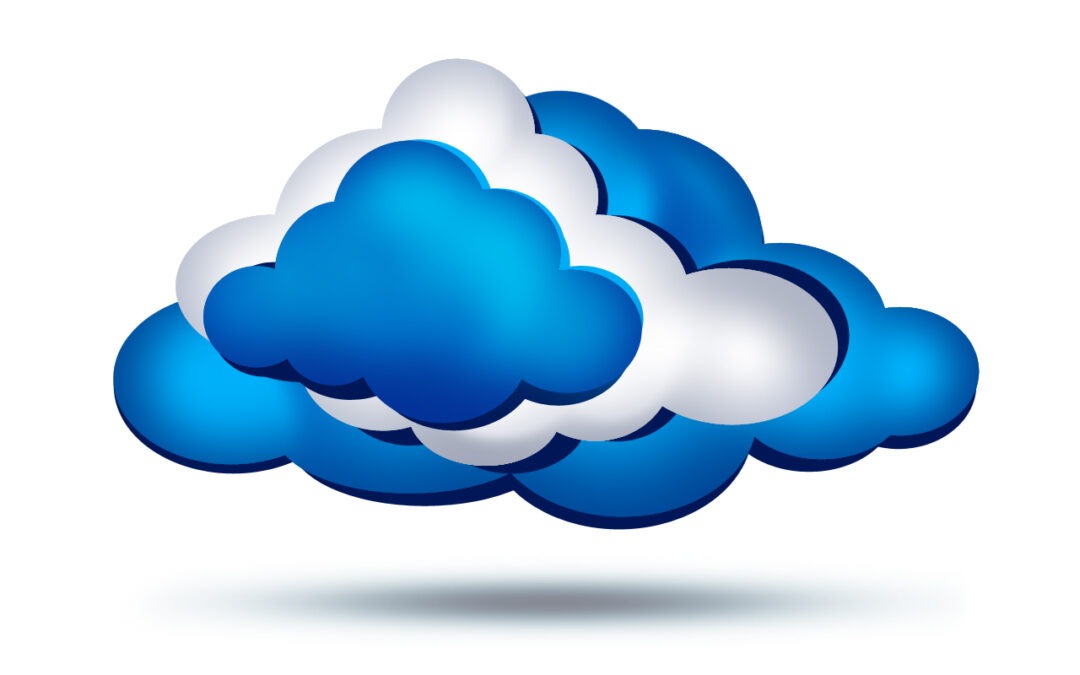
by Lori Vande Krol | Jan 12, 2017 | Organization, Time Management, Tools
 You find yourself with an unexpected day (or even 1/2-day) – maybe an appointment was cancelled, a project was completed early, or you have a sick child causing you to be at home unexpectedly. You’ve decided to take this time to do something you’ve been putting off for a very long time: tackle the paper piles in your office. You are ready to dive in, but don’t know where to begin. Following are the steps I recommend for working through those piles in an efficient and productive way.
You find yourself with an unexpected day (or even 1/2-day) – maybe an appointment was cancelled, a project was completed early, or you have a sick child causing you to be at home unexpectedly. You’ve decided to take this time to do something you’ve been putting off for a very long time: tackle the paper piles in your office. You are ready to dive in, but don’t know where to begin. Following are the steps I recommend for working through those piles in an efficient and productive way.
1. First, clear your desktop. This is normally where will find the most recent papers. It is important to start with the most current information and set up systems to deal with anything new coming in. Separate anything that is active (current projects, bills to pay, calls to make, appointment reminders, etc) from items that are reference (need to keep but not currently active). Put the reference items in a box, or pile off to the side. If there are other areas in your office that contain items that require action in the near-term, sort through those as well.
2. Next, deal with the “active” pile. Go through each paper one by one and make a decision on where it goes (remember, clutter is postponed decisions). You may need to enter something into your calendar or contact system, create a task, add the paper to your tickler file, create a new active project file or throw it in the trash. Don’t put the paper back down without making a decision.
3. Now it’s time to deal with the “reference” pile. If you have a filing system you like, then it is as simple as working through each paper and putting it in the appropriate file. If you don’t have a filing system, or are ready for something new, then you have some decisions to make. Consider a numerical system with a computerized index for easy set-up and maintenance. Or you may want to file by topic or alphabetically depending on the types of papers you are dealing with. The most important thing is to have a system that works for you and anyone affected by it. Start creating your files and put the papers in them. Note: if you don’t currently have file drawers available in your office, you can use boxes as a temporary solution. Then simply pull the files out and drop them in your long-term fling solution once you have it.
4. Depending on the amount of paper you have, you may or may not get through everything in the time that you have. Before the end of the day, schedule in time to complete the task. If you are lucky enough to get through your paper, you may move on to your desk drawers and storage closets. Sort like items together, declutter as necessary, store the remainder in the appropriate spots and label. Make a note of any new storage systems you’d like to purchase to complete your system.
As you are working through your office, write down anything that you think may help to improve your productivity in the future. For example, would you like to move towards a more paperless environment? Do you need a better contact management system? Is your email and calendar system not working the way you would like? Determine how you will address the issues and schedule in the first step towards the solution.
Last, but not least, reward yourself for time well spent and enjoy your new productive environment!

by Lori Vande Krol | Jan 12, 2017 | Technology
 Whether or not you have heard of “cloud computing,” you more than likely work with cloud systems every day. Every time you send or receive an email, you are sending information through the Internet and are therefore using the cloud. If you take part in online banking, you are working within a cloud system. When you upload and share your photos via Snapfish or Shutterfly, you are using a Software-as-a-Service (SaaS) cloud model.
Whether or not you have heard of “cloud computing,” you more than likely work with cloud systems every day. Every time you send or receive an email, you are sending information through the Internet and are therefore using the cloud. If you take part in online banking, you are working within a cloud system. When you upload and share your photos via Snapfish or Shutterfly, you are using a Software-as-a-Service (SaaS) cloud model.
Google Calendar, Gmail, iCloud and Evernote are all popular cloud-based solutions. The various functions cloud computing software can provide, as well as the many options within these functions, can be enough to make you feel as though your head really is “in the clouds.” Following are some basic tips to help you navigate this powerful and growing area of our lives.
Benefits of Cloud Computing
1. It is sold on demand and can be put in place in a matter of minutes.
2. You can purchase only as much of the service as you need.
3. You need only a computer (or mobile device) and Internet access to begin it.
4. There is a reduced need for IT services to maintain an internal server and software.
5. You pay monthly or annually — normally with no service contracts. Therefore, it is more cost effective for many individuals and businesses.
6. Upgrades are automatic.
7. Storage space is virtually unlimited.
8. The ability to access information from any computer allows for greater mobility.
9. Flexibility and creativity are enhanced as you are allowed to choose different providers for each business need. In addition, many cloud computer solutions can be as simple or as customizable as you want based on your technical abilities.
10. Disaster relief is more efficient. For example, if a computer crashes, a laptop is stolen or there is a natural disaster, you are back to work immediately on another computer. No data is lost.
Risks of Cloud Computing
As you can see from the above list of benefits, the rewards of cloud computing can be tremendous, but it is vital that the risks are evaluated and managed.
1. Security: It is important to ask and understand the data management and hiring practices of the cloud provider you choose. Look for providers that are SAS 70 Type II certified. Or even better (and more current), look for SSAE 16, SOC 2 and/or SOC 3 certification. Providers continue to learn how to put better levels of security in place to prevent online hacking of information and data.
2. Data loss and recovery: Data on the cloud is almost always encrypted to ensure security of the data. Corrupted encrypted data is harder to recover than unencrypted data. Know how the provider plans to recover your data in a disaster scenario and how long it will take.
3. Provider strength and lifetime: What happens to your information if the cloud service provider is acquired or closes its doors? How easy will it be to transfer data if needed? Consider this risk and review the provider’s policies for data ownership and retrieval.
4. Regulatory and legal requirements: It is vital for organizations to consider any regulatory or legal requirements regarding the storage of information.
5. Data access: Individuals and businesses must ensure they have the ability to apply security at the appropriate levels.
6. Flexibility: While flexibility is a cloud computing benefit, it also carries the risk of having too many systems to manage and coordinate. It is important to consider how data and information will be synchronized, shared and managed between multiple systems.
Cloud computing is not going away. I believe that in the next 5 or 10 years, it will be the solution of choice for most, if not all, information storage and function. It is vital that we understand this technology in order to choose the most ideal solutions for our organization and productivity needs.

 You find yourself with an unexpected day (or even 1/2-day) – maybe an appointment was cancelled, a project was completed early, or you have a sick child causing you to be at home unexpectedly. You’ve decided to take this time to do something you’ve been putting off for a very long time: tackle the paper piles in your office. You are ready to dive in, but don’t know where to begin. Following are the steps I recommend for working through those piles in an efficient and productive way.
You find yourself with an unexpected day (or even 1/2-day) – maybe an appointment was cancelled, a project was completed early, or you have a sick child causing you to be at home unexpectedly. You’ve decided to take this time to do something you’ve been putting off for a very long time: tackle the paper piles in your office. You are ready to dive in, but don’t know where to begin. Following are the steps I recommend for working through those piles in an efficient and productive way.

 Whether or not you have heard of “cloud computing,” you more than likely work with cloud systems every day. Every time you send or receive an email, you are sending information through the Internet and are therefore using the cloud. If you take part in online banking, you are working within a cloud system. When you upload and share your photos via Snapfish or Shutterfly, you are using a Software-as-a-Service (SaaS) cloud model.
Whether or not you have heard of “cloud computing,” you more than likely work with cloud systems every day. Every time you send or receive an email, you are sending information through the Internet and are therefore using the cloud. If you take part in online banking, you are working within a cloud system. When you upload and share your photos via Snapfish or Shutterfly, you are using a Software-as-a-Service (SaaS) cloud model.
Recent Comments